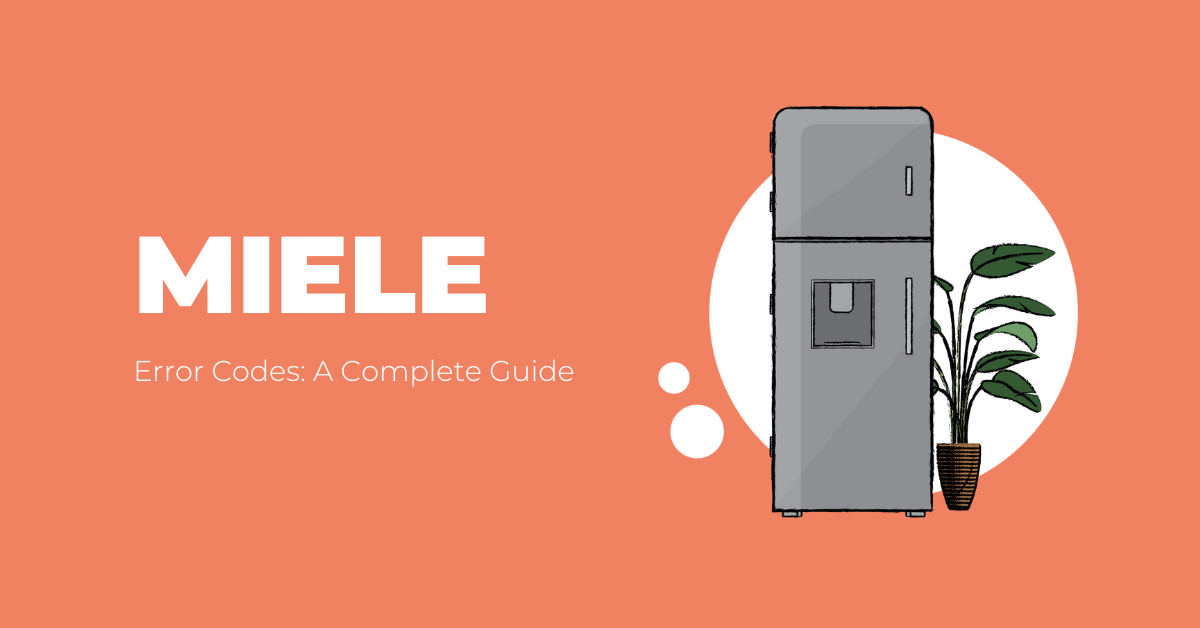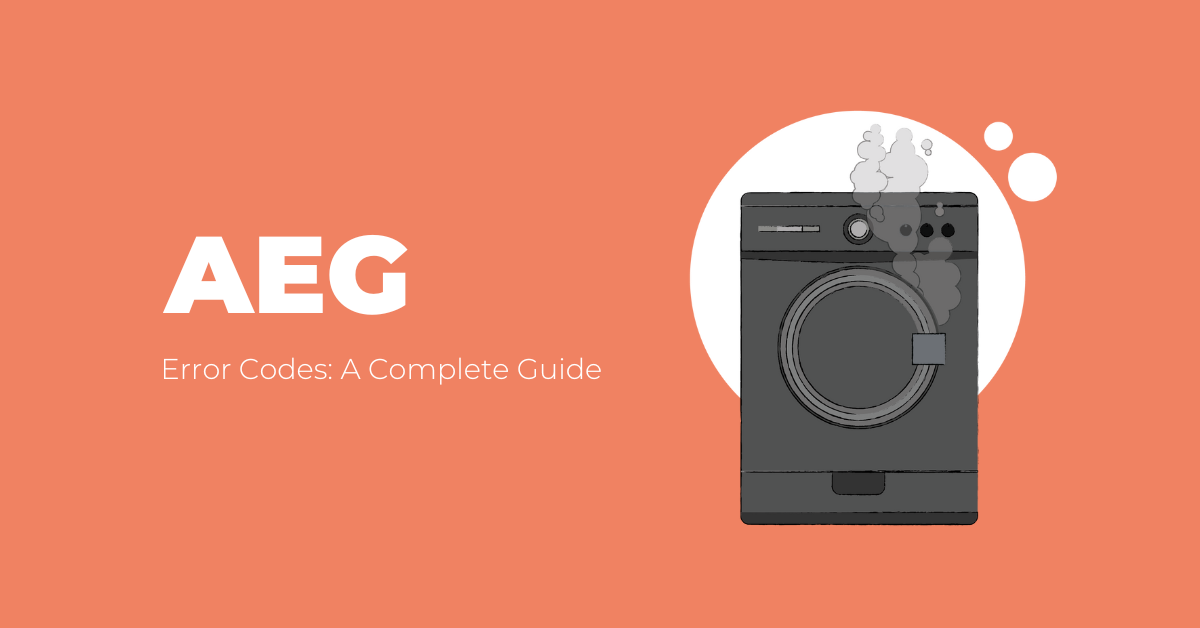
Washing Machines are used all throughout the week and so can break down quite often. This doesn’t mean they can’t be fixed easily though whether it’s by you or an engineer. Here we’re going to break down the common problems for a washing machine and the common causes for these problems, to help you diagnose what could be wrong with your machine. Let’s take a look…
Leaks
Loose Water Supply Valves
The valves that supply the water could be loose, these are the taps at the walls behind or at the side of your washing machine. They connect to your water supply and usually show red or blue on the handles to show if it’s a hot or cold tap. If there is any dripping or if they are protected in water, then check if they have come loose from the wall, but what could also have happened is that they are broken or loose from the hoses, causing a leak.
Clogged or Unsecure Drain Hose / Pump
The drain hose is the second easiest to check, the drain hose is often between the two supply valves though it could also be closer to the floor. Look for this hose leading out of your washing machine and see if there is any damage or any leakage, if so then this is where your problem lies. The pump could also be broken, this is responsible for sucking water out of your washer and sending it down to the drain. If this pump becomes disconnected then it can dump water straight on your floor leaving you in a right mess.
Broken Door Catch or Seal
One common but simple issue is that your door catch may be broken and so your door isn’t shutting properly. This malfunction can mean your washer shows that your door is closed but really it ends up leaking right from the front door. The same goes for the seal between the door and the drum, this could be broken or loose allowing water to escape. This would mean it needs replacing with a new seal.
Broken Water Level Switch
If your water level switch is broken, your dishwasher may overfill with water because it doesn’t know when to stop. This can cause leaks. Since there are multiple parts to the water level switch that can cause leaks if broken, it may be worth calling an engineer to check this out.
Washing Machine Drum Not Turning
Drum Belt
The drum belt is the connection between the motor and the drum, it is fitted to the motor and the pulley which operates the drum, without it, the drum won’t turn. If you have an old or regularly used dishwasher, it may be that this belt has snapped, which would mean your drum wouldn’t be able to turn.
Carbon Brushes
Your carbon brushes could be what’s causing the drum to not move too, it may be that your carbon brushes are so worn that they can’t do their job properly and so your motor can’t power the turning of the drum.
Washing Machine Won’t Drain
Clogged Hose or Broken Pump
Your washing machine may have a clogged drain hose, meaning there is nowhere the water can drain to. In other cases, the actual pump could be broken meaning your washer can’t pump the water out enough, or at all.
Broken Lid Switch
A broken lid switch may be the reason your washing machine isn’t getting the signal to drain, as some signals to drain the dishwasher are reliant on the lid switch being flicked to the right place.
Whatever the culprit is, you’ll need to drain the water before you can diagnose anything.
Machine Stops Mid-Cycle
This could be a number of things. Usually, it would mean that the timer is malfunctioning which can be fixed by manually updating the timer on the controls. It could also be a thermostat problem or a heater problem, meaning the machine would be stopping, as it is being told the heat is too high / not right to continue the cycle.
Loud / Noisy Washing Machine
If your machine is rattling while it’s on a cycle, check to see if there is anything loose in there like coins or anything that would have been left in pockets, as this can make a loud sound and wouldn’t warrant a fix. If it is rattling while empty though, it may be an issue with the filter and making sure that’s clear of something stuck that’s rattling around. If none of these then it could also be an issue with your bearings, if you turn the drum by hand while it’s empty and still hear a rattle, it may well mean you need new bearings.
Clothes Smell Bad
If you use biological detergents and wash at a low temperature often, you may have a build-up of bacteria n the machine. One thing that may help if this is the case is running an empty wash at a hot temperature. Also, cleaning the soap dispenser out often if a good practice to get into – along with letting the machine air out for a while with the door open with no washing in it.
Washing Machine Door Won’t Open
Normally this is due to water not draining from your machine, so the door won’t open. Otherwise, it could be a problem with your door lock. If it cannot be worked out by draining your machine manually, then it’ll be a lock problem. You may be able to take the top of the machine off and get to the lock to release it from the inside.
Washing Machine Damaging Clothes
This usually indicates that something is loose within the drum, which is damaging or tearing your clothes. This could be something from a pocket in your clothes or it could be an actual piece of the drum that has been damaged, either way, have a look when empty and see if there are any loose parts or broken bits in the drum that could be doing this. One other cause that could be damaging delicate clothing is washing at too high a temperature.
Machine Won’t Fill With Water
The door being open or not properly closed is one cause for this. Check your inlet hoses to make sure they are clear and also check that your water supply is fully functioning. If everything here is fine then you’ll need an engineer to check it out further.
So that was our guide to common faults with your washing machine. If your washing machine is beyond fixing and you need a new one, however, take a look at our guide to buying a new washing machine.






